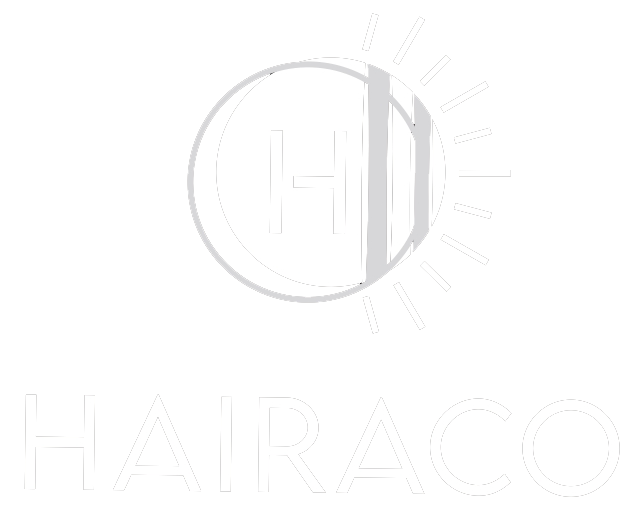When it comes to the world of hairdressing, the right tools are paramount for achieving the desired results. Among these tools, salon shears hold a place of prime importance. These shears are not just any ordinary scissors; they are a stylist’s precision instrument. Choosing the perfect pair of salon shears can make a significant difference in your efficiency, comfort, and overall cutting performance. Here’s a comprehensive guide to selecting the ideal salon shears.
Understand the Types of Shears
There are various types of salon shears, each designed for different cutting techniques and hair types:
- Cutting Shears: These are your standard scissors used for general cutting purposes.
- Thinning Shears: Equipped with teeth on one blade, these shears are perfect for thinning out thick hair and creating texture.
- Texturizing Shears: Similar to thinning shears but with fewer teeth, used for adding more defined texture and layers.
- Swivel Shears: These shears have a rotating thumb ring, designed to reduce wrist strain and increase comfort.
Material Matters
The material of the shears greatly influences their performance and longevity:
- Stainless Steel: Known for its durability and resistance to rust, making it a popular choice.
- Japanese Steel: Renowned for its superior sharpness and edge retention, often considered the gold standard.
- Cobalt Alloys: Enhance hardness and cutting edge life, offering smooth and precise cuts.
Size and Weight Considerations
The size and weight of the shears should match your hand size and cutting style:
- Blade Length: Shears typically range from 4.5 to 8 inches. Shorter blades are better for precision cutting, while longer blades are ideal for slicing and cutting larger sections.
- Weight: Lightweight shears reduce hand fatigue and allow for prolonged use, whereas heavier shears might offer more stability for certain cutting techniques.
Handle Design
The handle design of the shears affects comfort and control:
- Opposing Grip: Both handles are of equal length and straight. Suitable for scissor-over-comb techniques.
- Offset Grip: The handle for the thumb is shorter, providing a more relaxed grip and reducing wrist strain.
- Cranial Grip: Features an angled thumb ring for even more ergonomic wrist positioning.
Edge Types
The edge type of the blade influences the cutting precision and smoothness:
- Convex Edge: Extremely sharp and smooth, perfect for precision cutting but requires more skill to use.
- Beveled Edge: More durable and suitable for various cutting techniques, though less smooth compared to convex edges.
Personal Comfort
Comfort is crucial since you’ll be using these shears for extended periods:
- Finger Rest: Provides additional support and control, reducing hand fatigue.
- Adjustable Tension: Allows customization of the blade tension for personalized cutting feel.
Quality vs. Price
Investing in high-quality shears can greatly enhance your performance compared to cheaper alternatives. While cost is a consideration, it shouldn’t be at the expense of quality. Look for brands that offer a good balance of both. Brands like hairaco supplies are known for providing high-quality shears that deliver consistent performance.
Maintenance and Care
Proper maintenance extends the life of your shears:
- Regularly clean and sanitize after each use.
- Sharpen blades periodically to maintain their cutting edge.
- Store shears in a protective case to prevent damage.
Choosing the perfect salon shears involves considering multiple factors, including type, material, size, handle design, edge type, and personal comfort. By investing time in selecting the right shears, you can enhance your cutting efficiency and overall stylistic performance, leading to satisfied clients and a more enjoyable hairdressing experience.

